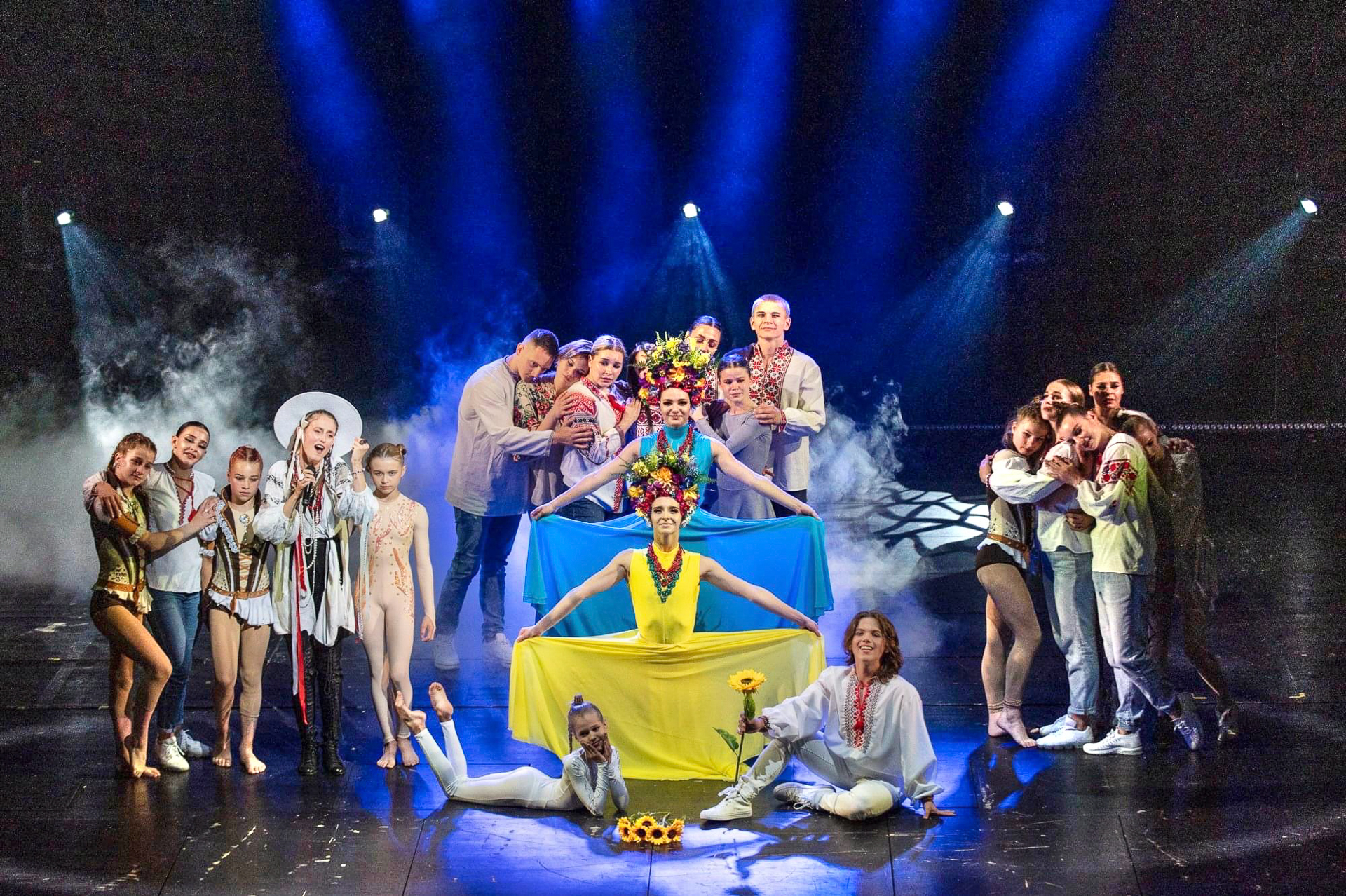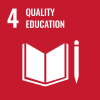Budapest, 12 December 2022 – “Circus people are like that – they stick together. This is what makes the circus stand out: unity,” Ancsa explains. “In the past, travelling with a caravan was a way of life for the circus and people had no choice but to cling to one another.”
Ancsa Schneller Konyot is the international relations officer for the Capital Circus of Budapest. She has been actively involved in helping Ukrainian circus artists and students who have fled their home.
When the war broke out in Ukraine and it seemed that Kyiv's Circus Academy was in danger, renowned Hungarian circus manager, artist, and juggler, Kristian Kristof, immediately stepped in to get the students out of danger and help them continue their training.
“In the middle of the night, in the blink of an eye, we decided to take them all in,” Ancsa recalls. “They got on the bus and left for Hungary. The teachers sent us photos and names so that we could recognize them the night they arrived at the border.”

The Ukrainian students are currently studying and practicing in Budapest with the support of the Capital Circus of Budapest. Photo: IOM/Kristóf Hölvényi
Within weeks, over a hundred students, parents, adult chaperones, and acrobatic arts teachers from Kyiv and Kharkiv found a new home in Budapest. Peter Fekete, General Director of Capital Circus of Budapest, didn’t waver one second and immediately provided meals and a space for the teachers and students to train, Ancsa says.
The youngest student is five years old while the oldest is 19 to 20 years old. “We don't see any older boys anymore since those over 18 are no longer allowed to leave Ukraine,” Ancsa explains. “Some women have, in the meantime, gone back because they couldn't stand the thought of leaving their sons or husbands behind to fight.”
Svetlana Momot, Director of the Kharkiv Circus Studio, who accompanied the group on March 8, has since become the guardian of several children in Hungary. With years of experience behind her, Svetlana has trained hundreds of dance and circus artists. Her composed demeanor reflects the boundless strength, endurance, and professionalism she has built over the years.
From practice to live performances such as “Which of the Nine” by Hungarian dramatist Mór Jókai, the children give it their all. Photos: IOM/Kristóf Hölvényi and Circus Adam Urbán
The Kyiv and Kharkiv Circus Academy and Artist Training Institute is ranked among the best in the world. Twelve people are currently engaged in its day-to-day activities: the art teachers who carry out the training programme, and the parents who have taken on other tasks, including office work. They want to provide the students with the best conditions to study, practice, rehearse, create, and lead a normal life.
“These women are amazingly strong and extremely impressive,” Ancsa observes. “When they arrived in Budapest, their country was being bombed, but they got up, got dressed, put on makeup, did their hair, and teamed up immediately to divide tasks among themselves.”
Since then, they have prepared and performed in several shows. Svetlana proudly shares that they have even received an invitation from the Princess of Monaco to perform in a show organized in support of Ukraine at the Princess Grace Theatre in Monte Carlo. The group naturally celebrated the performance with a head stand.

Together with other Ukrainian and Hungarian students, the children also attend language classes at the circus. Photo: IOM/Kristóf Hölvényi
“My school in Kharkiv is still operating; it just celebrated its 24th anniversary,” Svetlana says. “My son Zsenya, who is 24, is an aerialist. He stayed in Kharkiv with my husband to protect our country and my school; together with three other trainers, they still run the training programme for the 30 children who stayed in Ukraine.”
Svetlana has even developed a special training programme to help children overcome the traumatic effects of the ongoing war. “The performances function as a kind of therapy for them; it always helps to have something to lean on and for them, this has been acrobatic movements.”
Sisters Anna, 16, and Mariana, 14, are two of the students with the Kharkiv Circus Studio currently continuing their studies in Budapest. Together with other Ukrainian and Hungarian students, they study acrobatics, aerial gymnastics, juggling, dance, pantomime, and circus history at the Imre Baross Artist Training Institute (BIAK).
Used to the discipline that any sport instills in you, Svetlana thinks that they are probably more apt than other people to cope with the situation. “They are tough kids who know how to work as a team.”


Svetlana Momot, Director of the Kharkiv Circus Studio, thinks that young people tend to find their own tools to process a crisis. Photo: IOM/Kristóf Hölvényi
“The problem is that we always want to show off our skills, but we don't know how to ask for help,” Ancsa explains. “After some time, it became exhausting and difficult to cope. This is how we ended up partnering with the International Organization for Migration (IOM), who has been extremely responsive and supportive.”
IOM actively supports the Capital Circus of Budapest in its pursuit to assist those who have fled Ukraine. The Organization covers the group’s accommodation needs, support for elementary and high school education, outdoor and indoor training activities, and offers ad-hoc support for medical assistance and food vouchers.
“During the meetings, the women sometimes end up in tears – and so do we – and then we carry on with our work. This never-give-up attitude has changed me on a profound level; this is the standard I want to attain.”

“That is why this entire initiative has been able to work so smoothly; this structure is in their blood.” – Ancsa. Photo: IOM/Kristóf Hölvényi
IOM is able to support the Capital Circus of Budapest thanks to the generous support of Swiss-Europe’s Rapid Response Fund.
This story was written by Anna Gergely, Media and Communications Officer with IOM Hungary, agergely@iom.int.
If you are interested in donating to Ukraine relief efforts, please visit IOM's fundraising page.
International Migrants Day (18 December) is the day designated by the United Nations to raise awareness about the challenges and opportunities presented by global migration in all its forms, to advocate for the rights of migrants to be respected, and encourage the international community to work together to ensure migration is managed in a manner that is safe, orderly and dignified.




